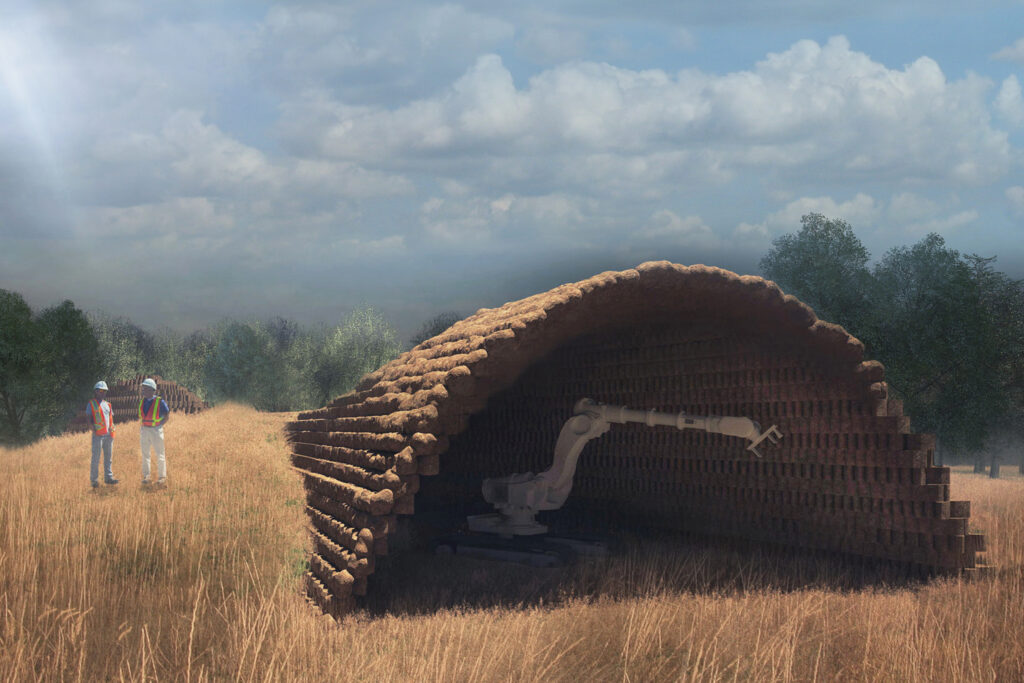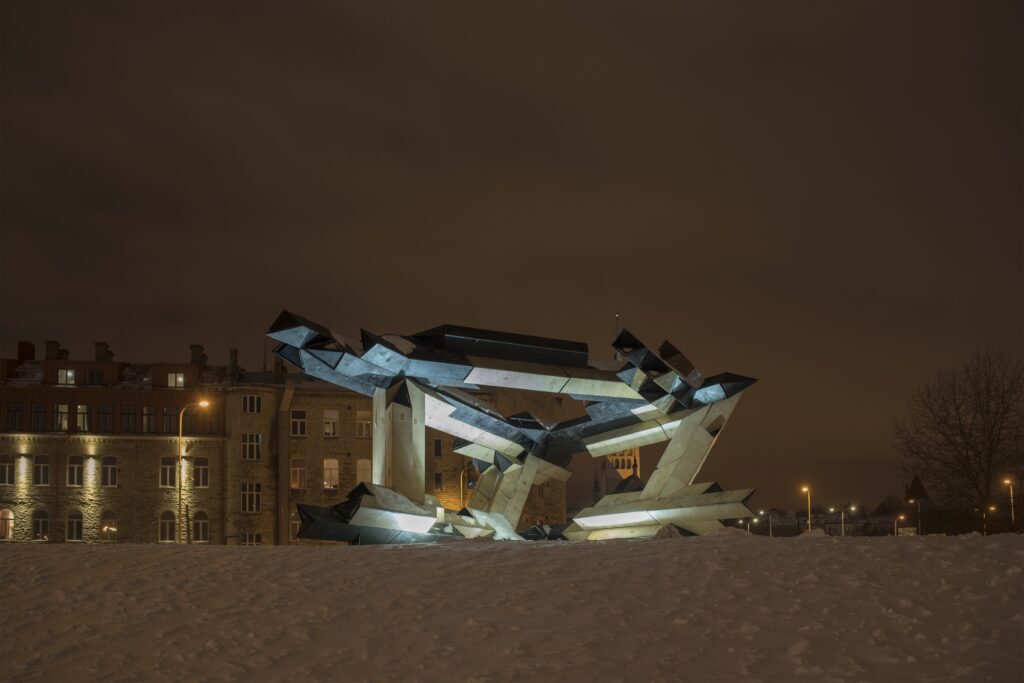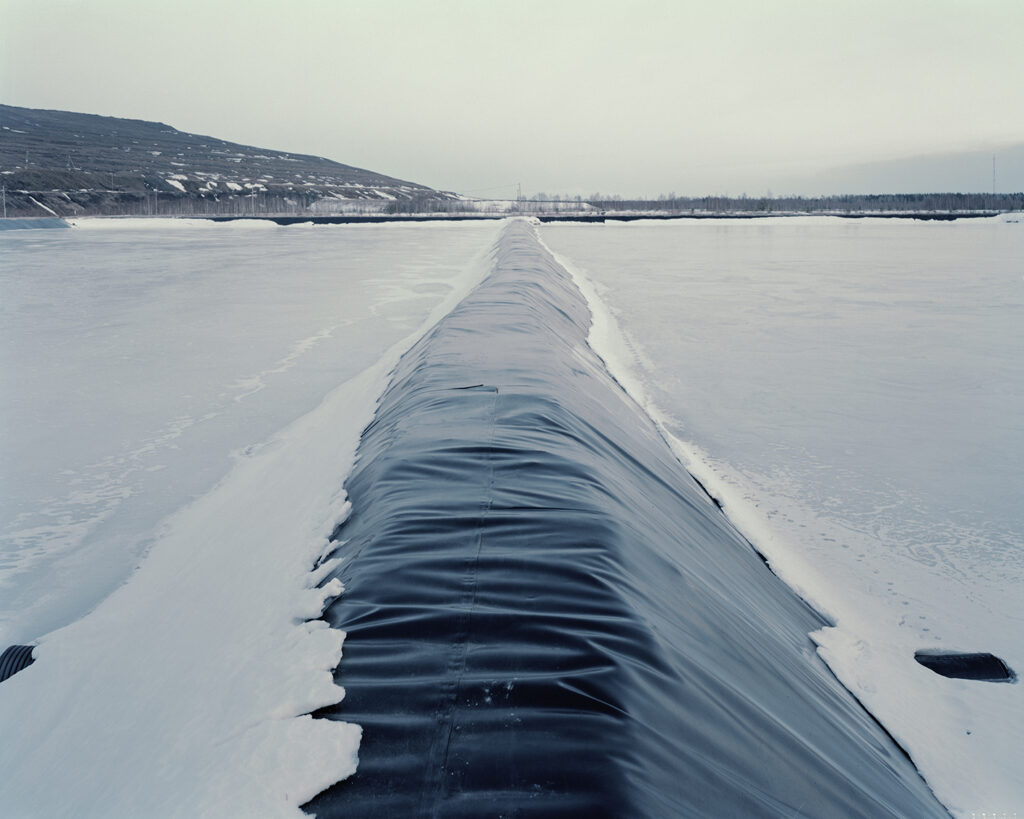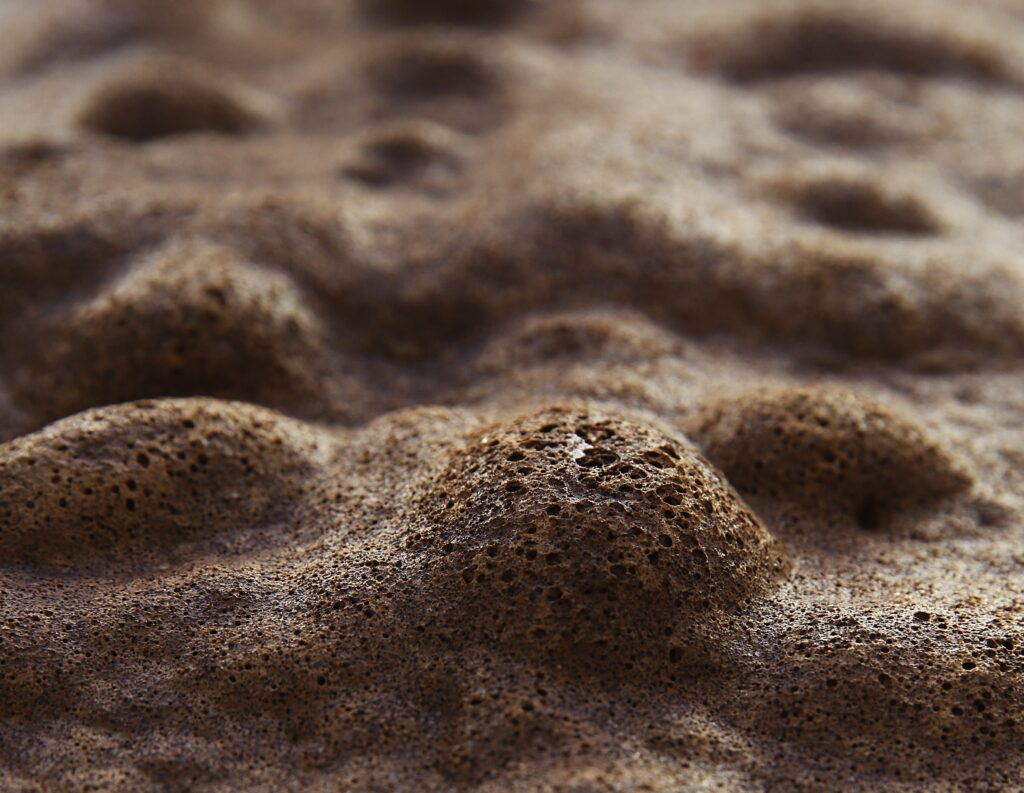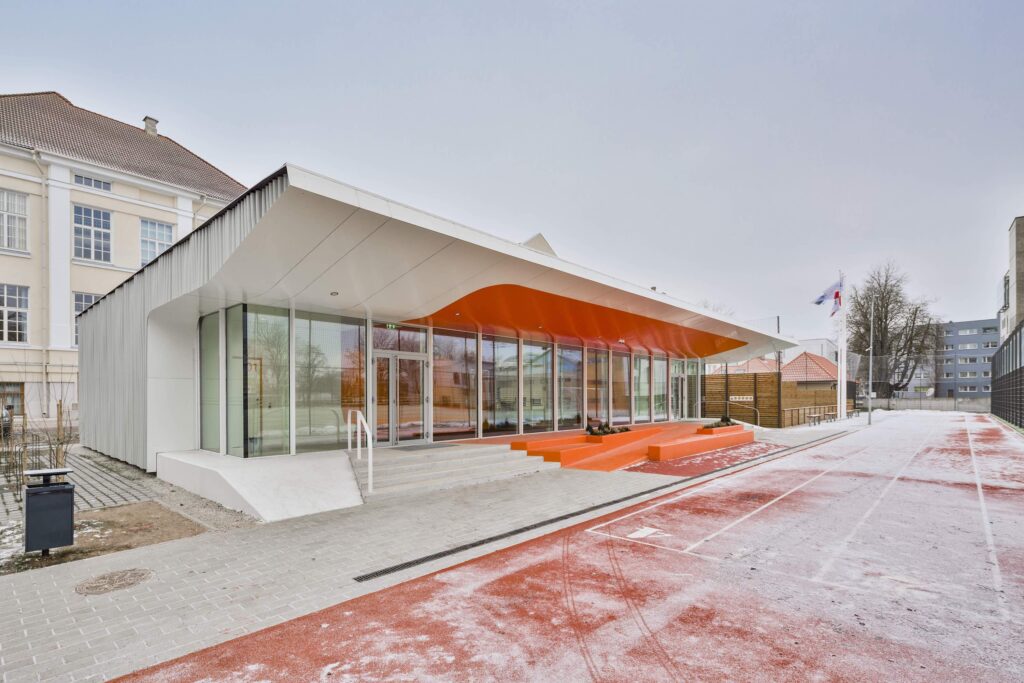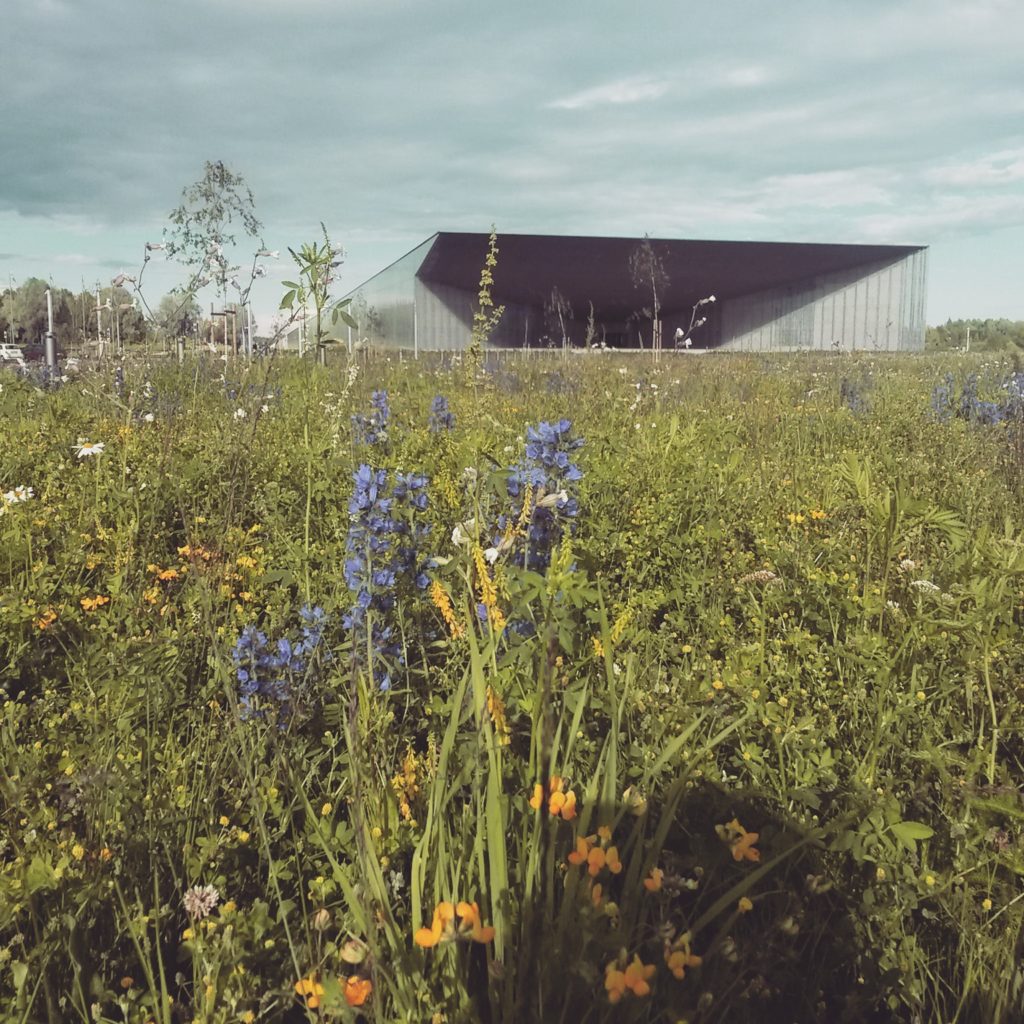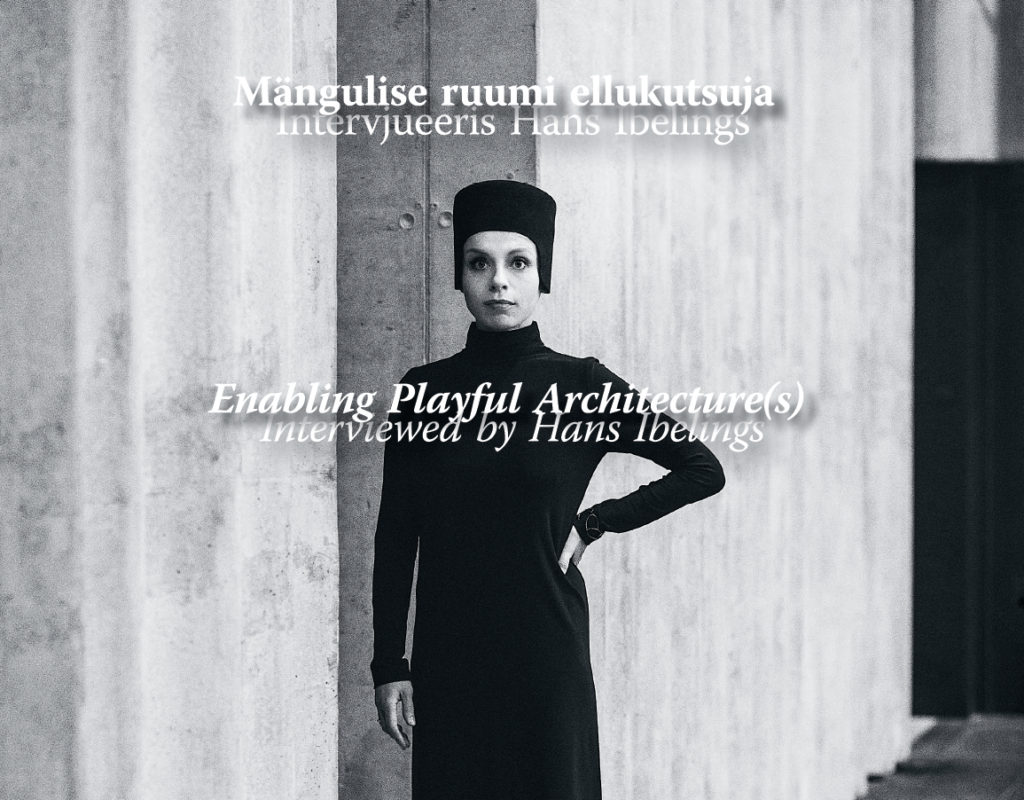Spring 2018: Materials and Biodiversity
Last year I defended my Master’s thesis at the Faculty of Architecture of the Estonian Academy of Arts researching a thoroughly new building material – peat and oil shale ash composite. Both substances in their pure form are poorly applicable or even unusable in construction. Things get interesting, however, as soon as you join the two materials.
A Discrete Paradigm for Design and Production.
The use of program-controlled machinery in customised production.
The London-based photographers David Grandorge and Jonathan Lovekin have researched the altering terrain of Baltic states showing how industry and transport shape the landscapes.
“Coffee Morphoses” is a set of natural materials generated in the course of a practical study. By analysing the local organic resource, I came to ask if the waste of imported goods could become the new local raw material.
The story of the completion of Reiniku School stadium building financed by EU through Osirys project is almost as complex and thrilling as the mythological tale of the god of resurrection and transformation Osiris.
The ELME project of the Environment Agency deals with mapping of ecosystem services and develops innovative methods for collecting and displaying information about biodiversity.
Developing community gardening helps to improve the ecological, social and financial situation of the urban environment. Estonia still has the tenacity and skills to grow food under power lines and in other urban wastelands, so let's treasure these skills and people who have the know-how to use them in public space!
Strict special conditions set by the National Heritage Board have ensured excellent renovation results but not the thunderbolt contemporary solution on a par with the original.
For Veronika Valk-Siska, architecture neither begins nor ends with a design or a building. Her career in architecture until now can be read as a reflection of an increasingly expansive understanding of what architecture could be.
Postitused otsas

